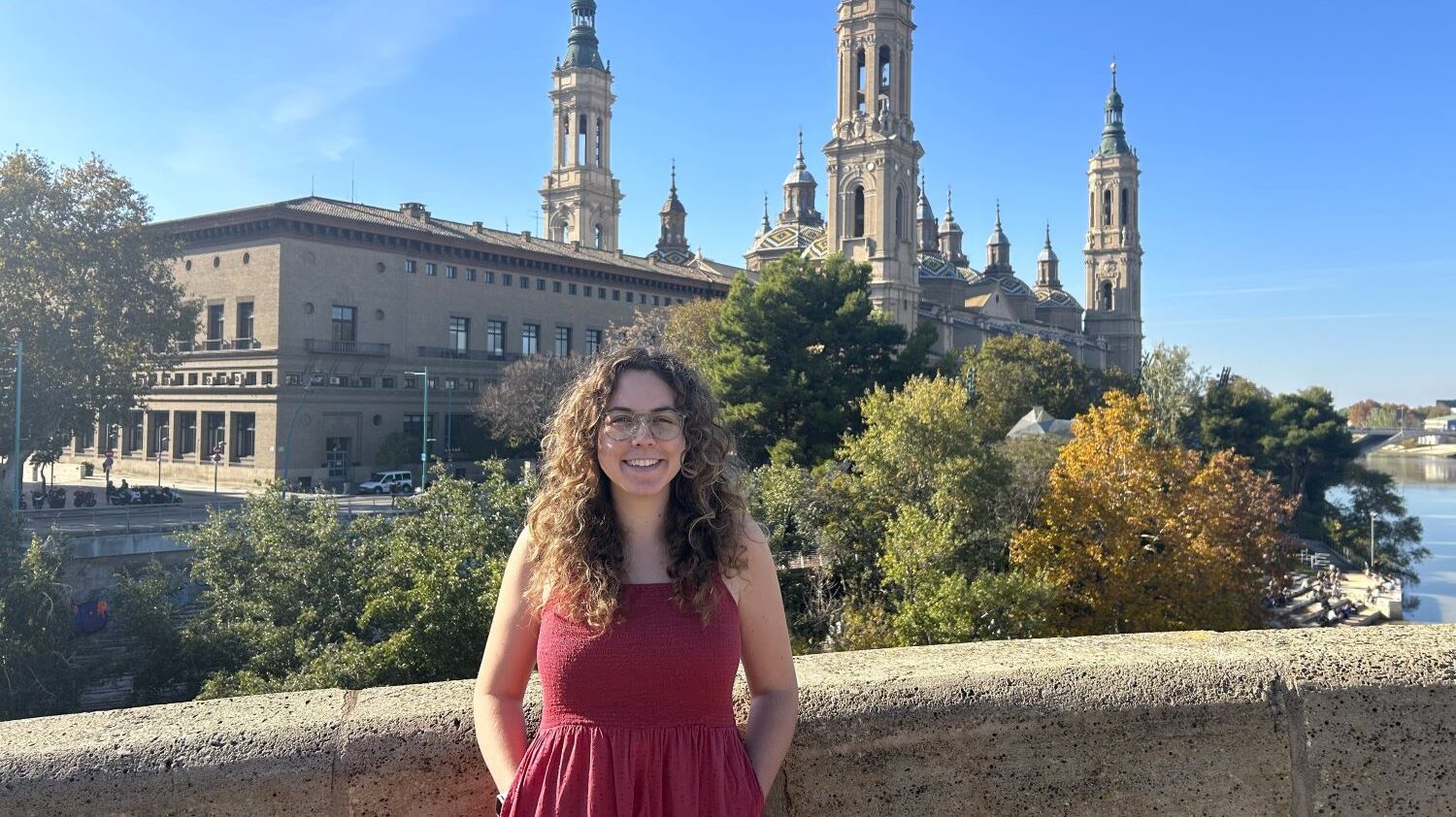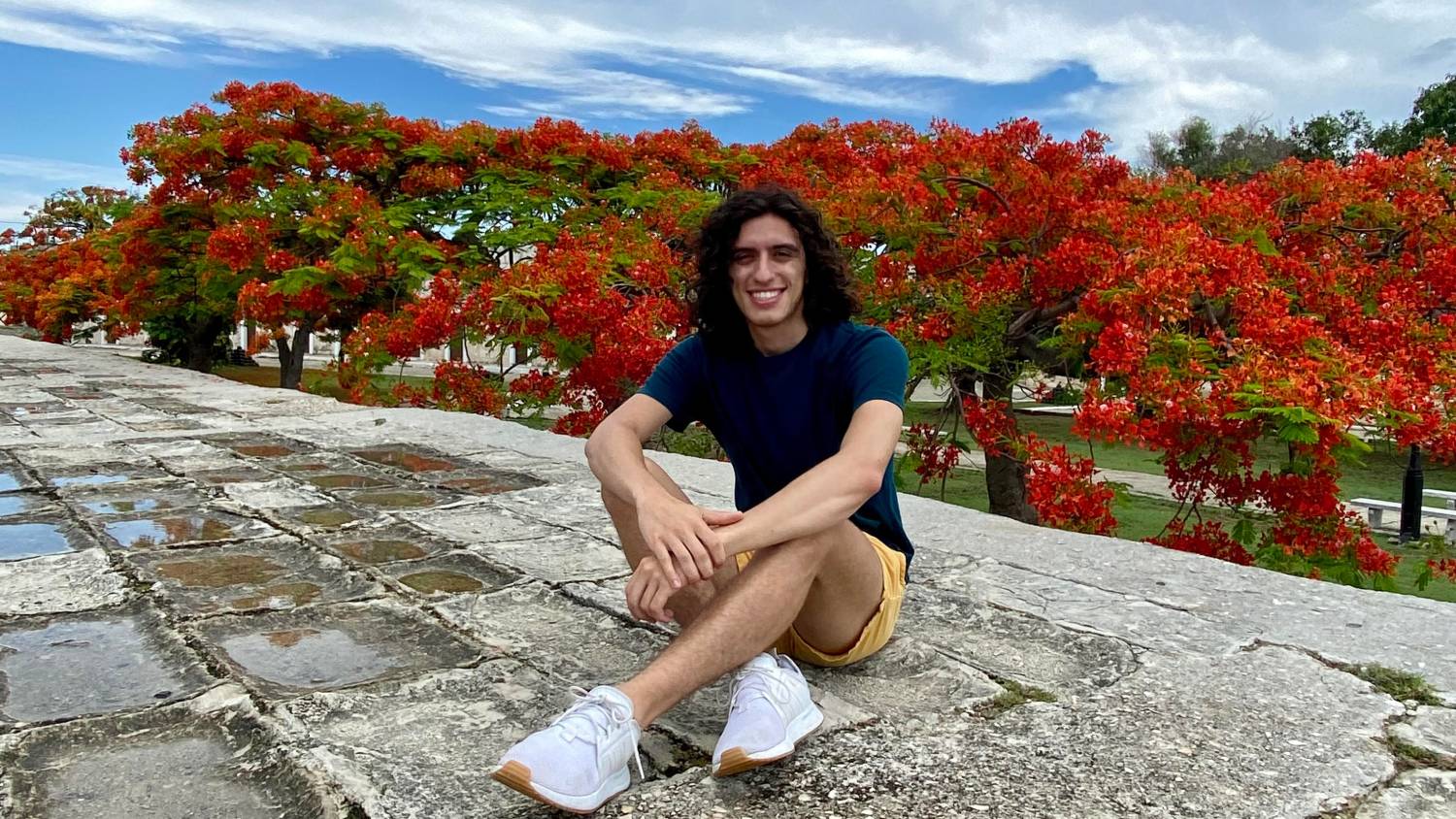Detecting Different Spanish Dialects
NC State professors developed an app to help students recognize differences among Spanish dialects.
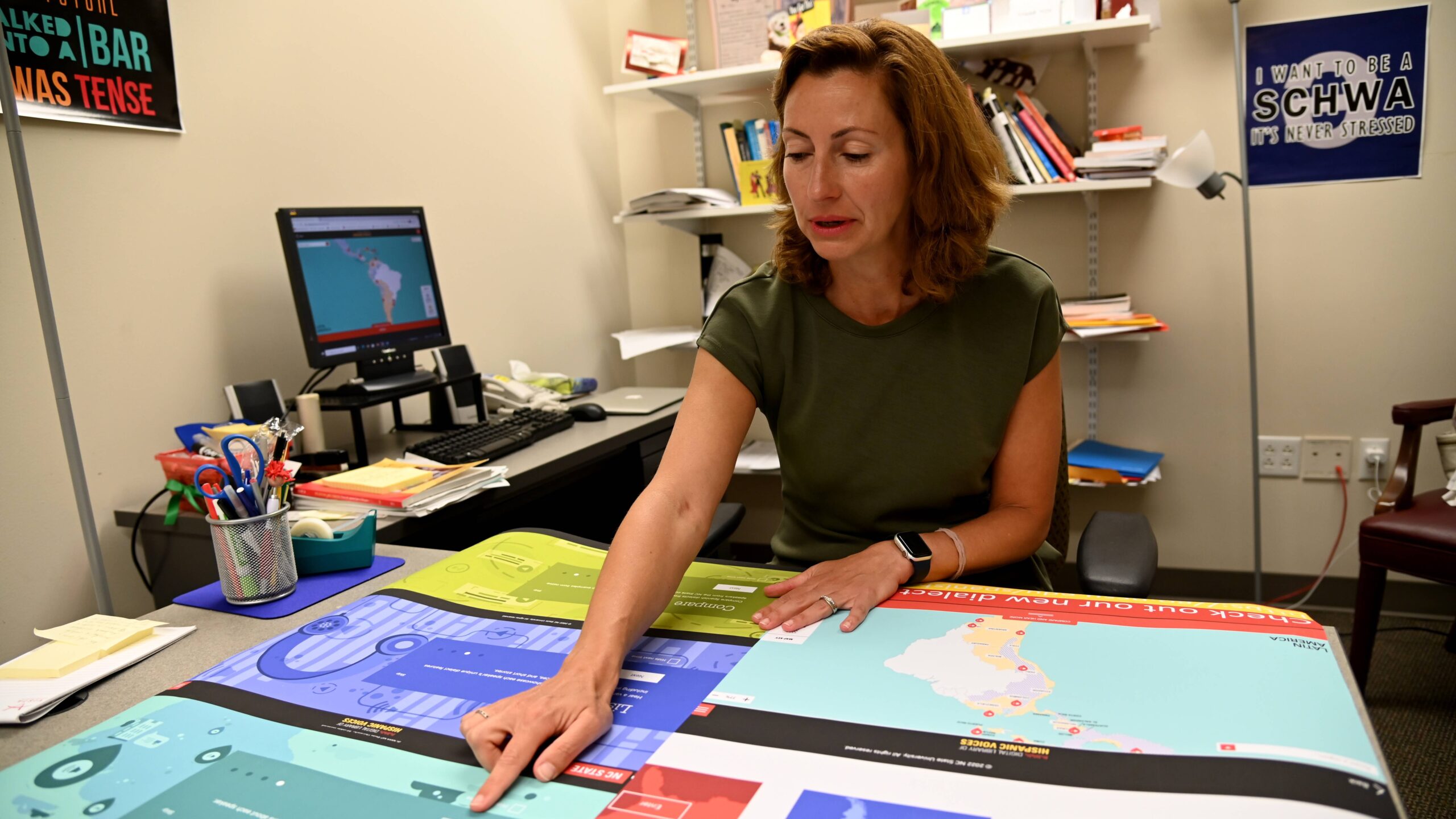
Did you know Spanish is …
The second most spoken language in the world?
The official language of 20 different countries?
A diverse language with numerous dialects?
World Languages and Cultures faculty members have developed a web-based, mobile-friendly and interactive app to help language learners discern differences among Spanish’s multiple dialects.
Three Spanish professors, supported by an $8,000 NC State Distance Education and Learning Technology Applications (DELTA) Grant, spent one academic year collaborating with DELTA staff to develop the app along with maps of the Spanish-speaking world and its different dialect regions. Last September, the team launched The NC State Digital Library of Hispanic Voices app, which uses 16 audio recordings by members of the NC State community — from faculty and staff to students and alumni — reading a script that highlights salient phonemic features of Spanish.
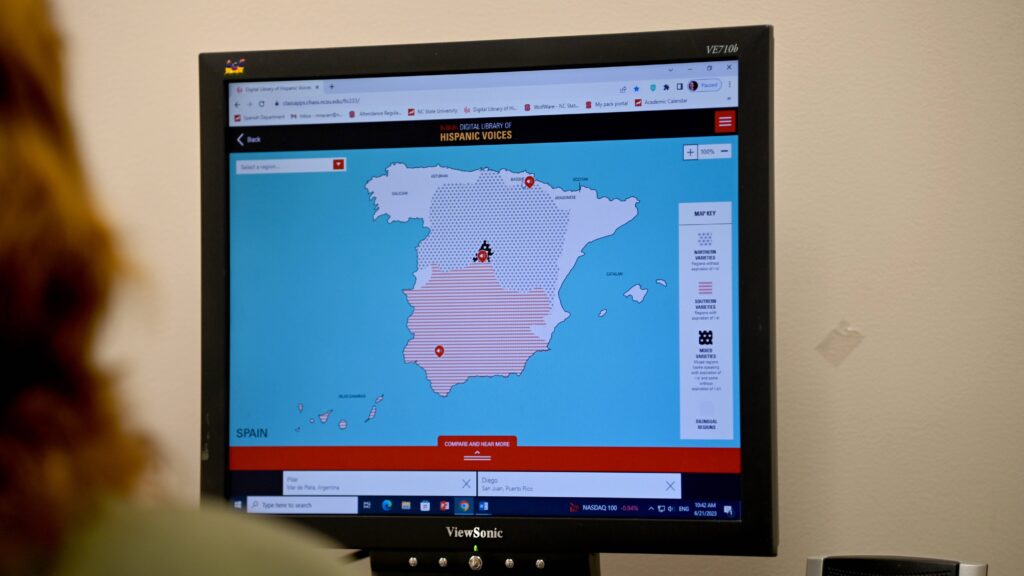
The app enables students to:
- Hear different pronunciations of words in formal and informal Spanish dialects.
- Follow along with written transcripts.
- Replay specific words or phrases.
- Recognize acoustic differences among speakers.
- Compare dialects at the same time.
“This app will put NC State on the map of Spanish dialectology tools around the world because there is nothing like it,” said Inma Navarro, senior lecturer and the project’s principal investigator.
Joining Navarro as co-principal investigators are Rebecca Ronquest, associate professor of Spanish linguistics, and Jim Michnowicz, professor of Hispanic linguistics and department head.
Ronquest said while there are existing websites that enable “you to listen to people talking and follow a script, there’s nothing like this for Spanish that comes with a map and allows for direct comparison in the way ours does.”
Another advantage is that the app not only provides the script but also highlights the words the speakers are saying at the time they’re saying them, she added.
The idea for the app grew out of Navarro’s Sounds of Spanish class. The students could listen to audio of Spanish conversations but they were unable to pause, rewind or fast forward the recording to replay certain words or phrases and compare dialects.
Navarro’s response? “There must be something we can do,” she recalled. In 2021, Navarro, a native of Seville, Spain, initiated the idea and sought funding for the app, which has three objectives:
- Allow students to listen to people from different Spanish-speaking regions, replay certain words or phrases, and compare those dialects in real time.
- Represent and highlight NC State’s Hispanic/Latinx community, which consists of more than 300 faculty and staff members and more than 1,500 students.
- Show the diversity of the Spanish language and prepare students for their futures – from studying abroad to working in today’s multicultural society.
“Pronunciation is part of communicative competence,” Ronquest explained. “To tailor your pronunciation to be more intelligible to those you’re interacting with is important to highlight to learners.” The more students are exposed to the diversity of the language and the differences in pronunciation and vocabulary, she added, the more successful they will be in integrating into the culture and communicating with native speakers.
So far, students’ reactions to the website have been favorable. Junior Brady Farlow, a double major in horticulture and Spanish language and literature, likes the app’s versatility.
“You can listen to the different ways people talk in general or you can analyze every little thing and get super technical,” he said.
Navarro said the hope is the app can be a model not only for others in her department but also throughout the university. There are also plans to introduce the app at state language conferences and to local high school language teachers.
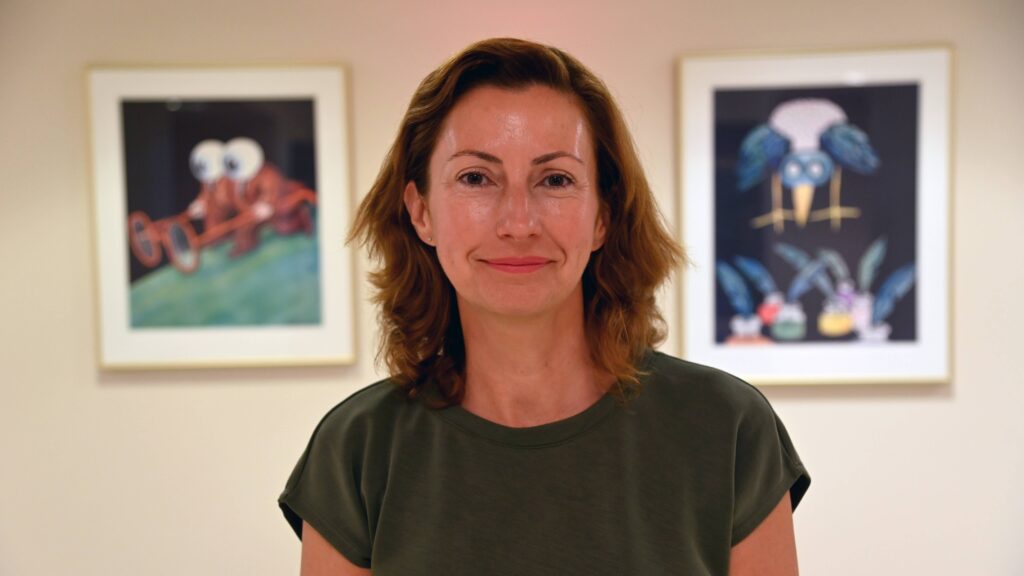
Additionally, Spanish professors at universities across the globe are aware of the app thanks to a Facebook linguistics professor group Navarro’s department participates in, she said.
Among them is Lorenzo García-Amaya, associate professor of Spanish linguistics at the University of Michigan.
“I find the ‘Biblioteca Digital de Voces Hispanas’ to be an invaluable tool for both educators and students alike,” he said. “The opportunity to listen to a broad array of dialects provides an authentic, enriching learning experience that textbooks can’t reproduce.”
The app’s content will continue to evolve. Navarro said the goal is to secure new funding, attract interdisciplinary and intercollege collaborators and add additional recordings of new speakers from more regions.
And yes, she emphasized, the new speakers will all have ties to the Wolfpack.
